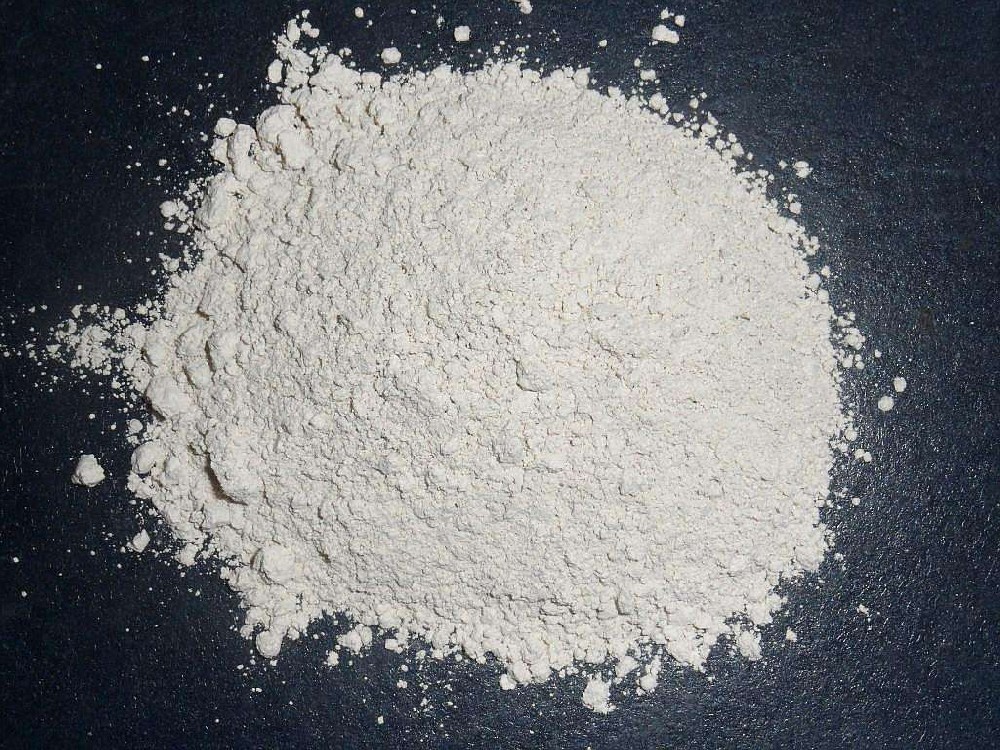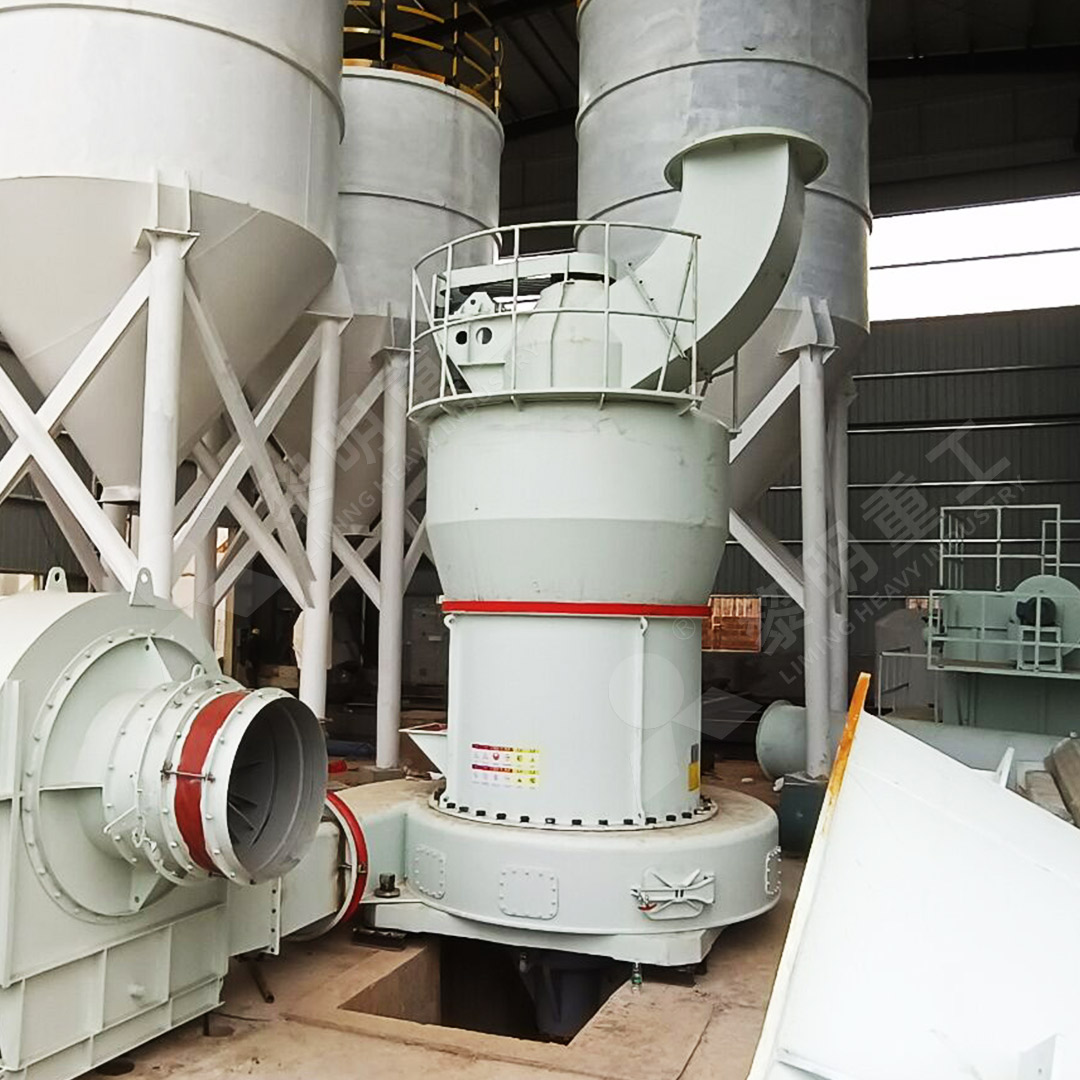200-Mesh Barite Grinding Production Line: Efficiency and Quality
The 200-mesh barite powder is a critical raw material, primarily used as a weighting agent in oil and gas drilling muds. Its specific gravity and consistent particle size are crucial for controlling well pressure. Therefore, a well-designed and optimized grinding production line is not just about producing powder; it's about delivering a product that meets stringent industry standards reliably and cost-effectively.
This article outlines the core components and optimization strategies for a high-performance 200-mesh barite grinding line.
1. Core Process Flow: From Raw Ore to Finished Product
A streamlined process is the foundation of efficiency. The optimal flow is as follows:
Step 1: Primary Crushing. Large raw barite ore (typically < 200mm) is fed into a jaw crusher. This stage reduces the ore to a smaller size (below 30-50mm) suitable for feeding the grinding mill.
Step 2: Raw Material Storage & Feeding. The crushed barite is then conveyed to a raw material silo. A controlled feeding system, such as an electromagnetic vibrating feeder, ensures a steady and uniform flow of material into the grinder, which is vital for stable operation.
Step 3: Grinding & Classification. This is the heart of the production line. The pre-crushed barite is elevated into a grinding mill. For 200-mesh (74µm) powder, a Raymond Mill (Roller Mill) is the most common and cost-effective choice. Inside the mill, the material is ground between rotating rollers and a stationary ring. The ground powder is then carried by an air stream to a classifier.
Step 4: Precise Particle Size Control. The integrated classifier is key to achieving the 200-mesh target. It acts as a precision sieve, allowing only particles that meet the fineness requirement to pass through. Oversized particles are rejected and returned to the grinding chamber for further processing. This closed-loop system ensures consistent product quality.
Step 5: Product Collection & Packaging. The fine barite powder that passes the classifier is collected in a high-efficiency cyclone separator or a baghouse dust collector. The final product is then conveyed to storage silos and prepared for bagging or bulk shipment.

2. Key Equipment Selection for a 200-Mesh Line
Jaw Crusher: For reliable, high-capacity primary size reduction.
Bucket Elevator & Screw Conveyor: For vertical and horizontal material transport.
Grinding Mill - Raymond Mill: The ideal workhorse for 80-325 mesh grinding. Its advantages for barite include stable operation, high capacity, and easy adjustment of fineness. The mill system includes the main frame, grinding rollers, grinding ring, classifier, and reducer.
Pulse Bag Dust Collector: This is essential for modern, environmentally friendly operation. It captures over 99.9% of dust, ensuring a clean plant environment and minimizing product loss.
3. Optimization for Higher Profitability
Drying Integration: If the raw barite has high moisture content (>1-2%), integrating a dryer (e.g., a rotary dryer) before the grinding mill is crucial. Wet material can cause clogging, reduce mill output, and increase energy consumption.
Automated Control System: Installing PLC-based controls to monitor and adjust feed rate, grinding pressure, and classifier speed can optimize the entire process, maximizing output and consistency while reducing manual labor.
Wear Part Management: The grinding rollers and ring are consumable parts. Using high-chromium or ceramic materials can significantly extend their service life, reducing maintenance downtime and cost per ton.
Conclusion
An optimized 200-mesh barite grinding production line is a balanced system of robust equipment and intelligent process design. By selecting the correct Raymond Mill and auxiliary equipment, and integrating drying and automation where necessary, producers can achieve a highly efficient, reliable, and profitable operation that delivers a high-quality product essential to the drilling industry.
Frequently Asked Questions (FAQ)
1. Why is a Raymond Mill the preferred choice for 200-mesh barite?
A Raymond Mill offers the best balance of capital cost, operational efficiency, and product fineness control for the 80-325 mesh range. It is specifically designed for non-metallic minerals like barite, providing stable output, easy maintenance, and lower energy consumption per ton compared to more complex fine-grinding systems for this specific application.
2. What is the typical power consumption for such a production line?
Power consumption varies significantly with the hardness and moisture of the feed material, and the capacity of the line. For a standard line centered around a 5R Raymond Mill producing 200-mesh barite, the total installed power might range from 250 kW to 400 kW. The grinding mill itself is the largest consumer, typically accounting for 70-80% of the total energy use.
3. Can this production line produce finer barite powder, such as 325-mesh or 400-mesh?
Yes, but with limitations. A standard Raymond Mill can typically achieve up to 325-mesh. For 400-mesh and finer products, the Raymond Mill's capacity will drop, and it may reach its operational limit. For consistent production of 400-mesh and finer barite, a different type of mill, such as a Vertical Roller Mill or a Superfine Grinding Mill, would be a more suitable and efficient choice.
4. How is the final product fineness of 200-mesh accurately measured and ensured?
Operators use laboratory sieve shakers for routine quality control. A sample of the finished powder is placed on a 200-mesh (75µm) standard test sieve, and the percentage of material passing through is measured. In an optimized plant, this is complemented by online particle size analyzers for real-time monitoring and automatic feedback control to the mill's classifier.
5. What are the key maintenance points to minimize downtime?
The primary maintenance focus is on wear parts and lubrication.
Regular Inspection: Check grinding rollers and rings for wear. Replace them before excessive wear impacts product fineness and output.
Lubrication: Strictly follow the manufacturer's schedule for greasing the roller bearings and gearbox.
Dust Control: Regularly check and clean the pulse-jet bag dust collector. Replace damaged filter bags promptly to maintain efficiency and environmental compliance.
Classifier Blades: Inspect and maintain the classifier blades to ensure accurate particle size separation.





